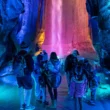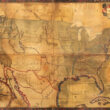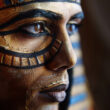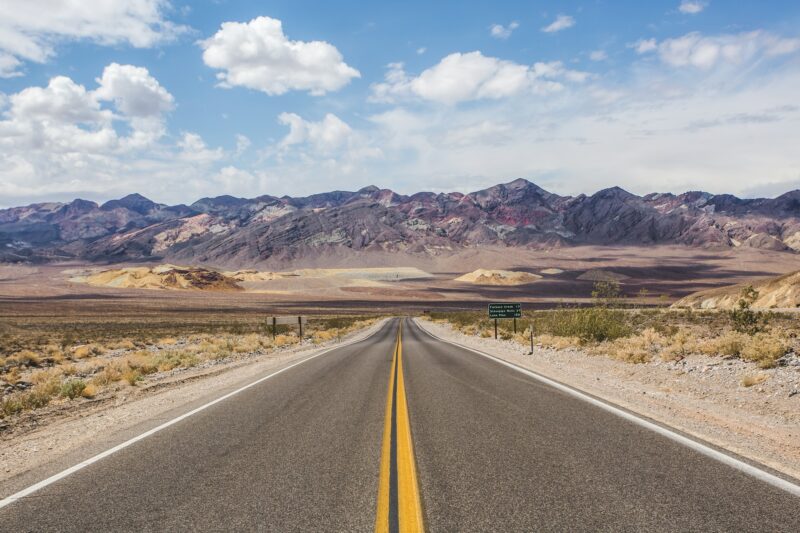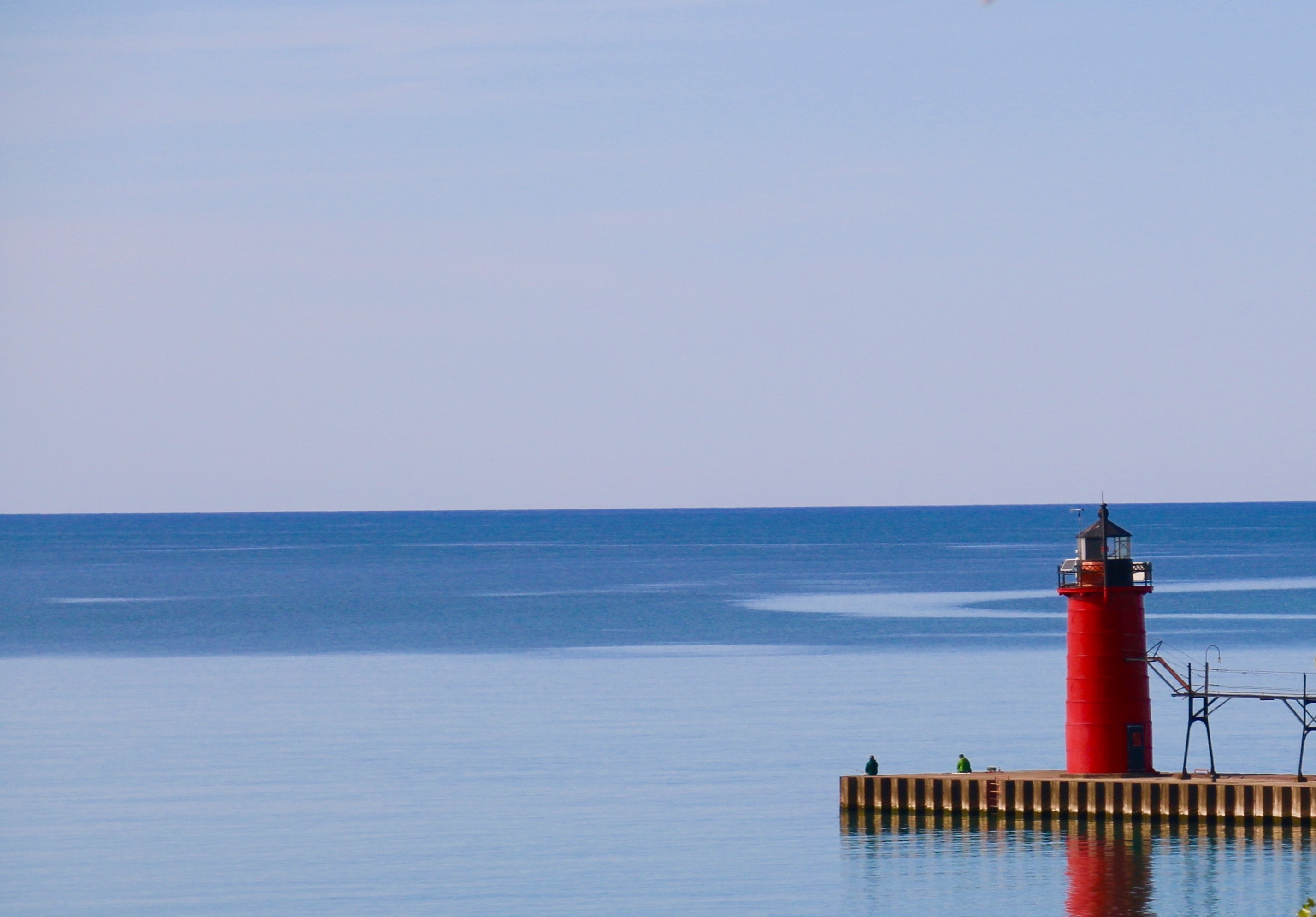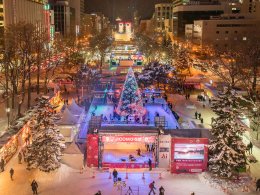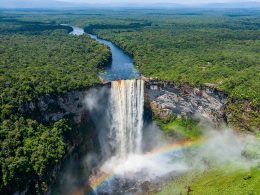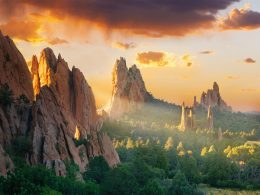Nestled within the heart of the Mojave Desert, Death Valley National Park stands as a testament to the raw, untamed beauty of nature.
It’s a place where extremes meet, where the scorching heat of the sun dances with the stark allure of arid landscapes, creating a unique and captivating destination for adventurers, explorers, and nature enthusiasts.
In our comprehensive guide to Death Valley National Park, we invite you to embark on a journey through this remarkable and often unforgiving terrain. With its otherworldly landscapes, diverse flora and fauna, and a rich tapestry of history, Death Valley is much more than just a desolate desert; it’s a treasure trove of natural wonders and cultural heritage.
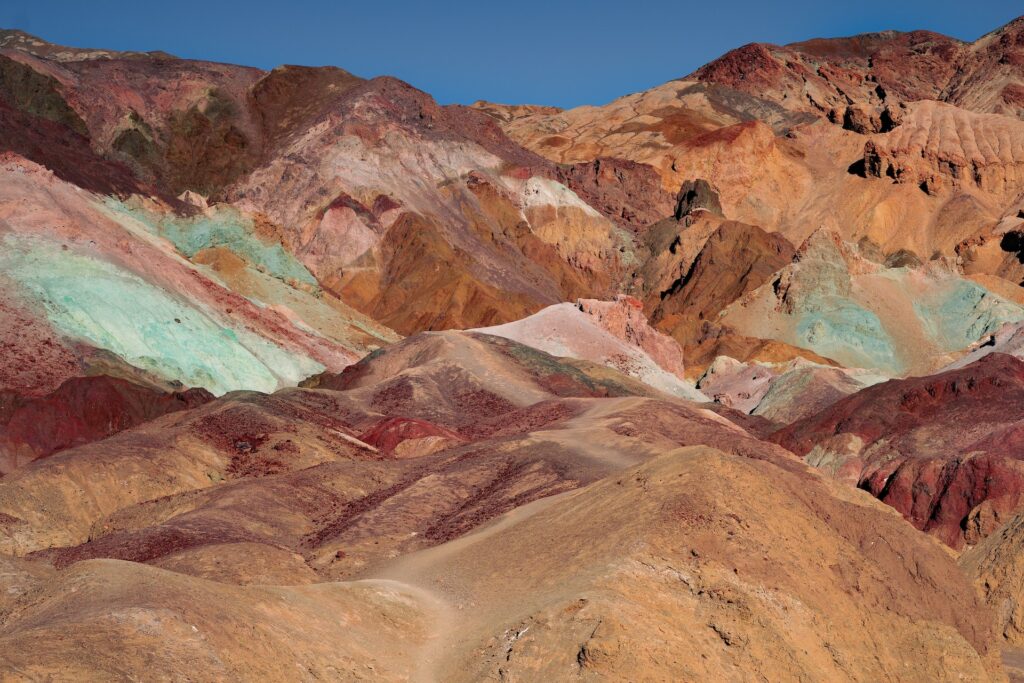
From the iconic Badwater Basin, the lowest point in North America, to the radiant hues of Artist’s Palette, this guide will lead you through the must-visit landmarks, outdoor activities, and hidden gems that make Death Valley a destination like no other.
We’ll delve into practical tips for a safe and memorable visit, share insights into the best times to explore, and introduce you to the unique experiences awaiting those who venture into this sun-scorched wilderness.
Location and Geography
Death Valley National Park is situated in the eastern part of California, along the Nevada border. It encompasses an area of approximately 3.4 million acres, making it the largest national park in the contiguous United States.
The park is part of the larger Mojave and Colorado Deserts Biosphere Reserve, and its diverse landscape includes a mix of desert basins, rugged mountains, salt flats, and sand dunes.
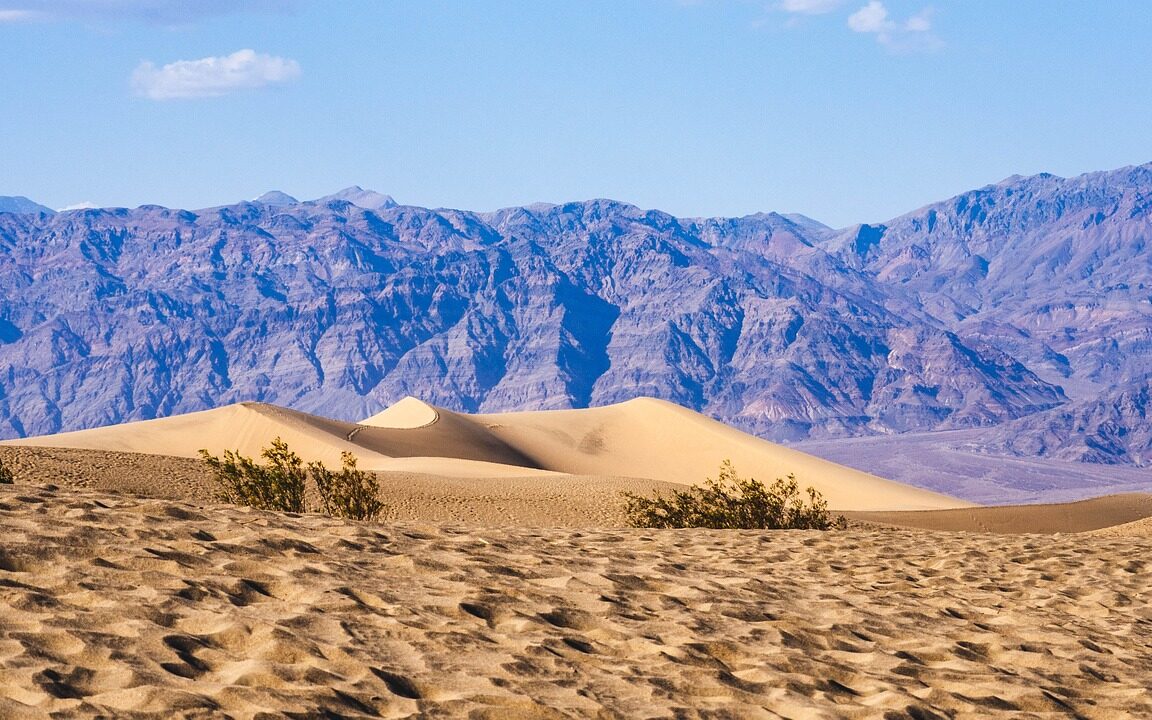
The park’s most notable topographical feature is Badwater Basin, which reaches 282 feet below sea level, making it the lowest point in North America. In contrast, the Panamint Range, which includes Telescope Peak, rises to over 11,000 feet in elevation, providing a striking contrast to the valley floor.
Climate and Weather
Death Valley is renowned for its extreme climate, with some of the hottest and driest conditions on Earth. Summers are scorching, with temperatures regularly exceeding 120°F (49°C).
The highest recorded temperature on the planet, 134°F (56.7°C), was registered in Furnace Creek in 1913. Visitors should exercise extreme caution during the summer months and be well-prepared for the heat.
Winters, on the other hand, are milder, offering more comfortable conditions for exploration. However, even during the winter, daytime temperatures can be pleasantly warm, while nights can get quite cold.
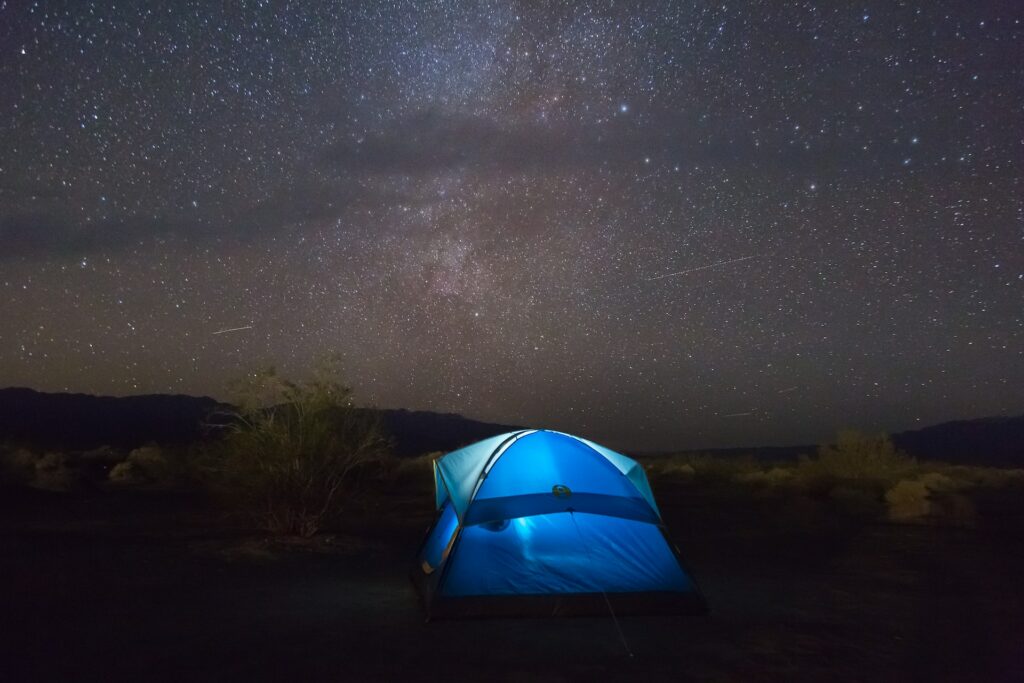
Rainfall in Death Valley is sparse, and the region is prone to extended droughts. Flash floods are a concern during rare but intense rainstorms, and visitors should be aware of these weather hazards.
History of Death Valley
The history of Death Valley is a fascinating narrative of survival, resourcefulness, and exploration. Native American tribes, including the Timbisha Shoshone, have called this region home for thousands of years, adapting to the harsh desert environment.
The name “Death Valley” was coined during the California Gold Rush in the mid-19th century when prospectors and pioneers ventured into this arid land in search of wealth. Some did find riches, but many more faced severe challenges and perished, leading to the area’s ominous name.
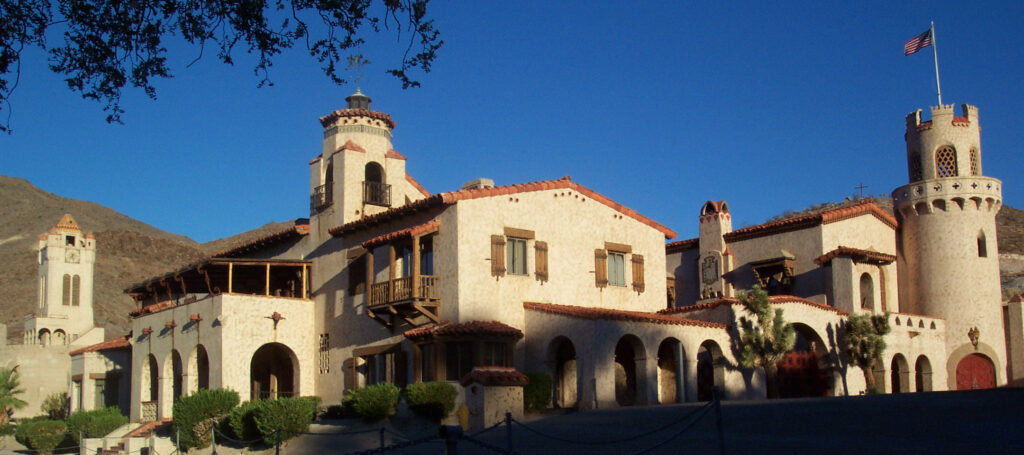
During the late 19th and early 20th centuries, Death Valley was home to borax mining operations, and it gained notoriety as a place of hardship and adventure. One of the most notable landmarks is Scotty’s Castle, an eccentric desert mansion with an interesting history.
Today, the park preserves not only its natural wonders but also the stories of the people who braved its unforgiving environment.
Getting to Death Valley
Driving Directions
- From Las Vegas, Nevada: Take US-95 south to NV-373, which leads into the park from the east.
- From Los Angeles, California: Drive north on I-15, then take CA-127 north and CA-190 west to enter the park from the south.
- From the San Francisco Bay Area: Travel east on I-580 and I-5, then take CA-58 east and CA-190 east to reach the park from the west.
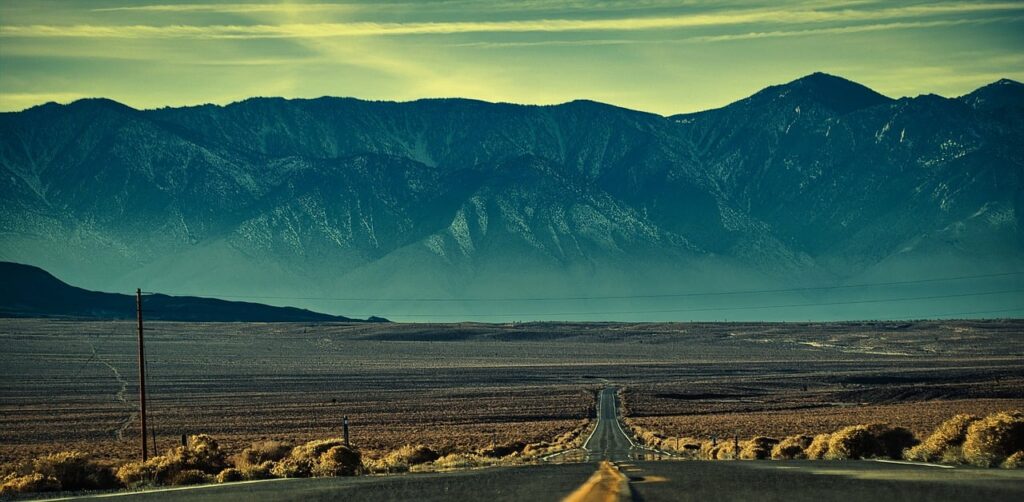
Nearest Airports
- Las Vegas McCarran International Airport (LAS): Located approximately 120 miles (193 km) from the park, this is the nearest major airport with a wide range of flight options.
- Ontario International Airport (ONT): Situated about 190 miles (306 km) from Death Valley, this airport provides additional flight choices.
Best Time to Visit
Seasonal Considerations
- The fall and spring seasons (October to April) offer the most comfortable weather for outdoor activities. Temperatures are mild, and the risk of extreme heat is lower.
- Winter is a great time to visit, but nights can be quite cold, so bring appropriate clothing.
- Summers are scorching, and outdoor activities should be limited to cooler parts of the day.
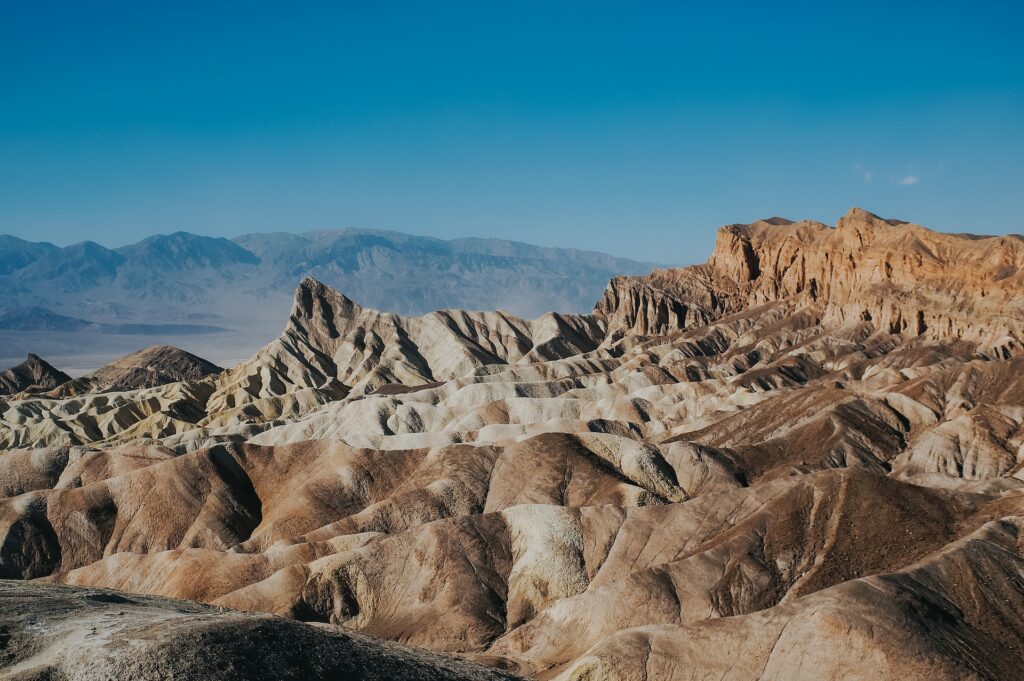
Special Events and Festivals
- Check the park’s calendar for special events and festivals, such as the Death Valley Dark Sky Festival for stargazing enthusiasts or the annual Borax Days celebration, which showcases the park’s history.
- Consider visiting during these events to enhance your experience and interact with park rangers and fellow visitors.
Points of Interest and Landmarks
Badwater Basin
Badwater Basin is a must-visit landmark in Death Valley National Park. It’s famous for being the lowest point in North America, sitting at 282 feet (86 meters) below sea level. The basin is covered with vast salt flats, creating an otherworldly landscape. The unique hexagonal salt formations on the ground make for stunning photo opportunities.
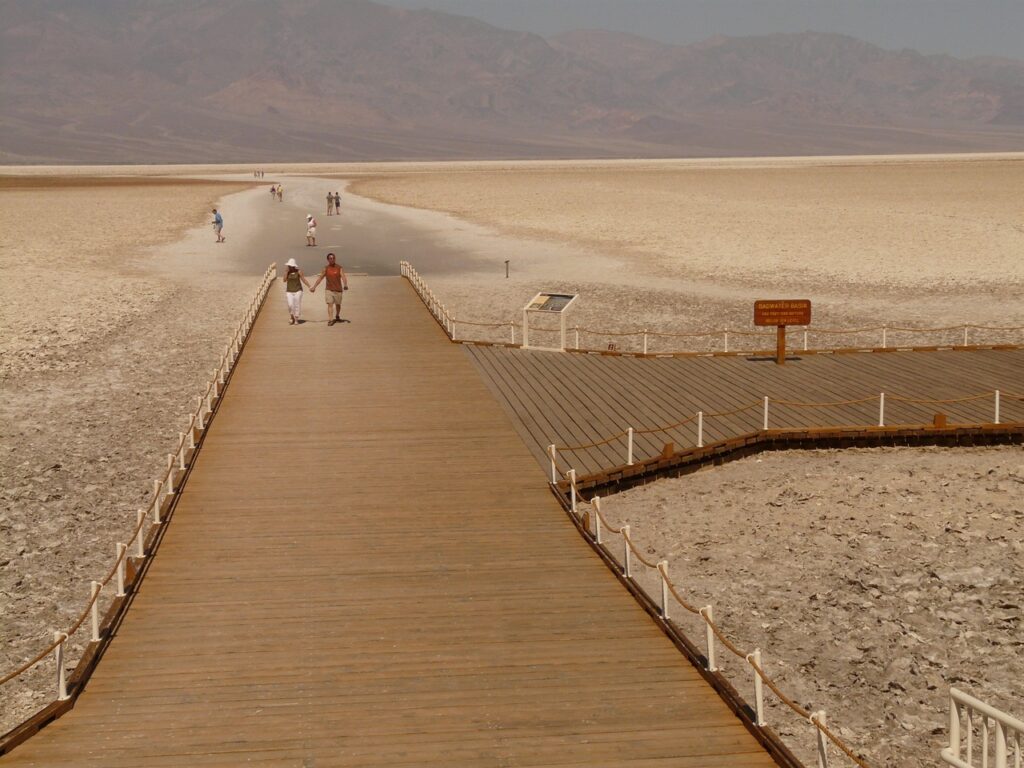
Zabriskie Point
Zabriskie Point offers one of the most iconic views in the park. From this vantage point, you can gaze out at the golden badlands, which glow in the warm light of sunrise and sunset. The unique erosional landscape and the Amargosa Range in the distance create a scene that’s a favorite among photographers and visitors alike.
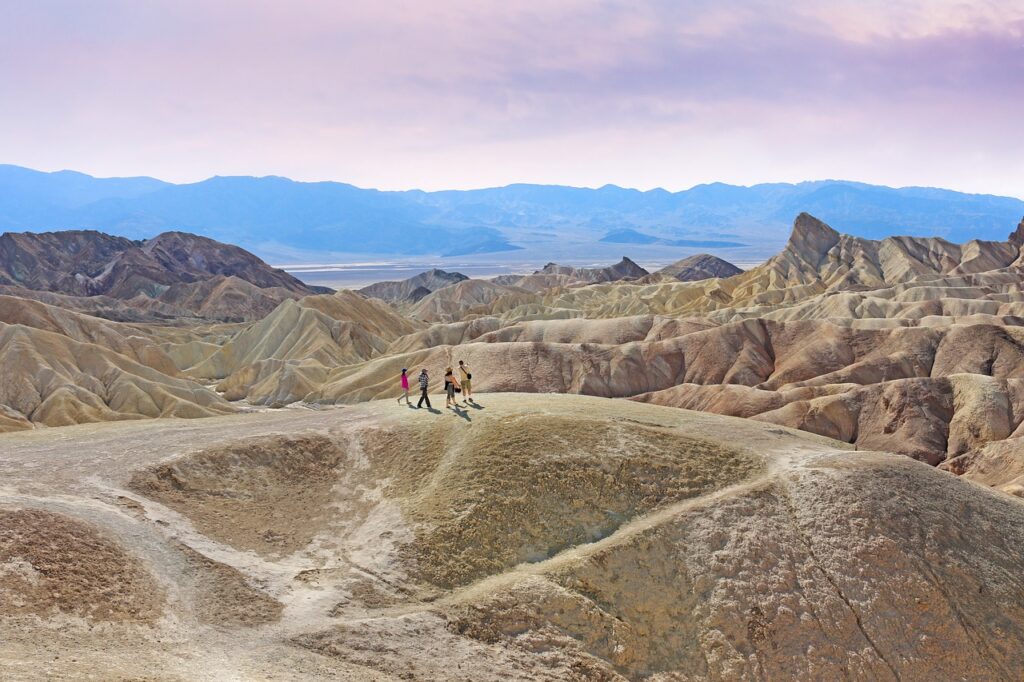
Mesquite Flat Sand Dunes
These picturesque sand dunes are the most accessible and photogenic in the park. Located near Stovepipe Wells, they offer an opportunity to experience the classic desert landscape. Early morning and late afternoon are the best times to capture the dunes’ textures and shadows in your photos.
Artist’s Palette
Artist’s Palette is a colorful geological wonder in Death Valley. The hillsides are stained with vibrant reds, pinks, and greens due to the presence of various minerals. A drive through Artist’s Drive allows you to witness this natural artistry up close.
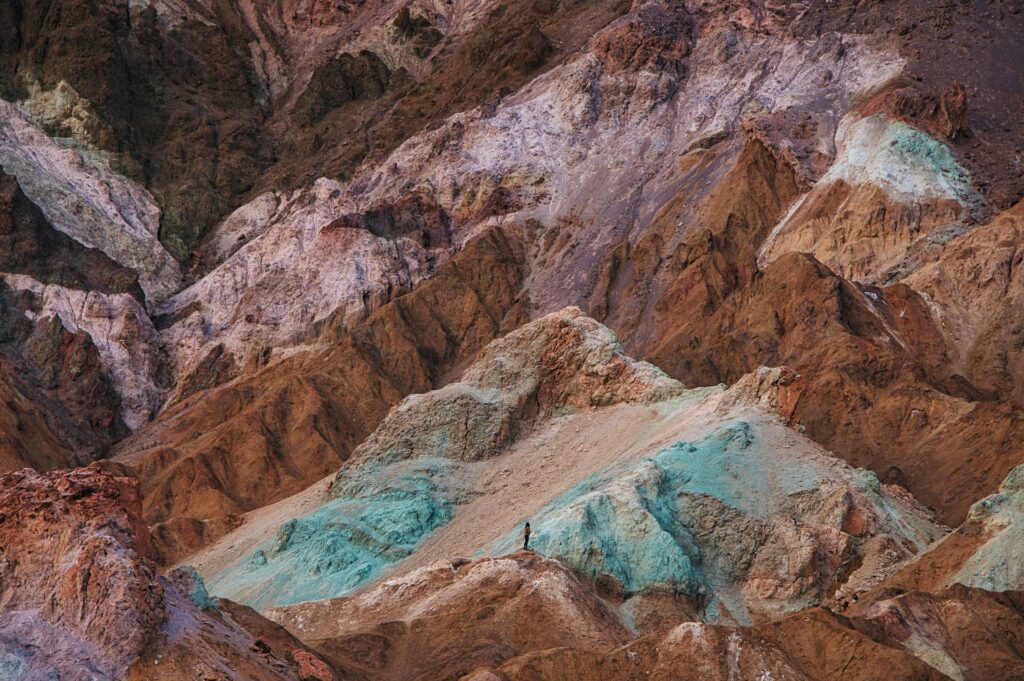
Dante’s View
For breathtaking panoramic views of Death Valley, make your way to Dante’s View. Perched at an elevation of 5,475 feet (1,669 meters), this viewpoint offers a stunning overlook of the valley floor and the Panamint Range. It’s an excellent spot for stargazing as well.
Ubehebe Crater
Ubehebe Crater is a massive volcanic crater that’s approximately half a mile (0.8 km) wide and 600 feet (183 meters) deep. It’s a testament to Death Valley’s volcanic past, and you can hike along its rim or descend into the crater to explore the unique terrain.
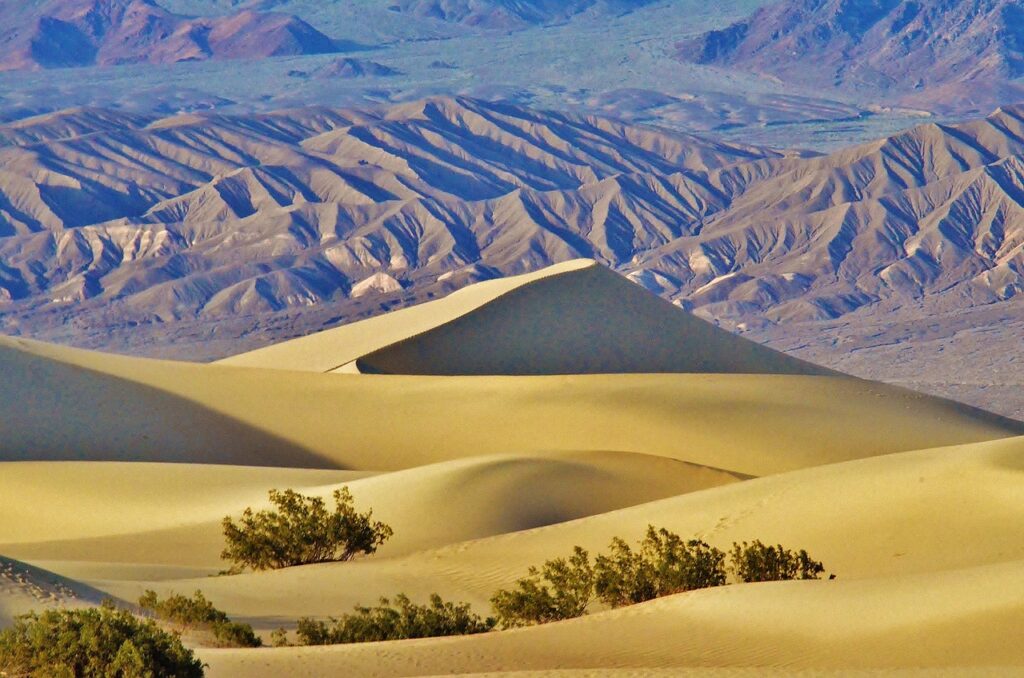
Outdoor Activities
Hiking Trails
Death Valley boasts a wide range of hiking trails, catering to both novice and experienced hikers. Some popular options include the Golden Canyon Trail, Mosaic Canyon, and the Telescope Peak Trail. Each trail offers a unique perspective of the park’s diverse landscapes.
Camping Options
Camping in Death Valley allows you to experience the park’s natural beauty up close. The park offers various campgrounds, from developed sites with amenities to more primitive options for a truly immersive experience under the stars.
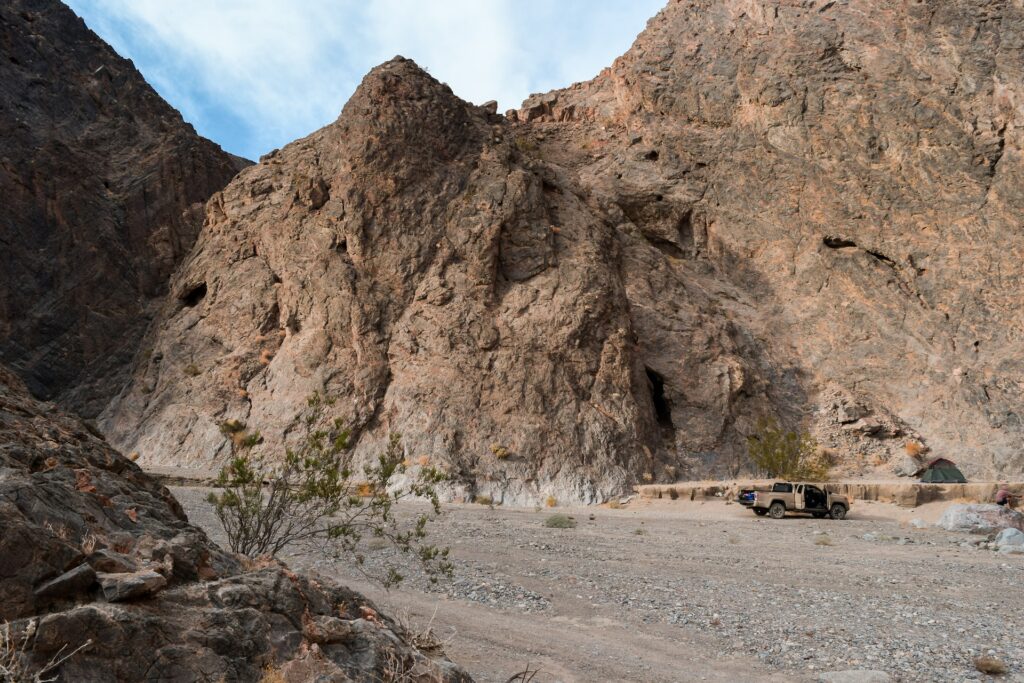
Biking
Cyclists can explore the park on designated roads and trails. The vast open spaces, winding roads, and relatively low traffic make for a memorable biking experience.
Stargazing
Death Valley National Park is a designated International Dark Sky Park, making it an ideal location for stargazing. The absence of city lights creates a pristine environment for observing the night sky. During certain times of the year, the park hosts ranger-led stargazing programs.
Cultural and Historical Sites
Harmony Borax Works
Harmony Borax Works is a historical site that offers insight into the borax mining operations that once thrived in Death Valley. You can explore the remains of the processing plant and learn about the harsh conditions endured by miners during the late 19th century.
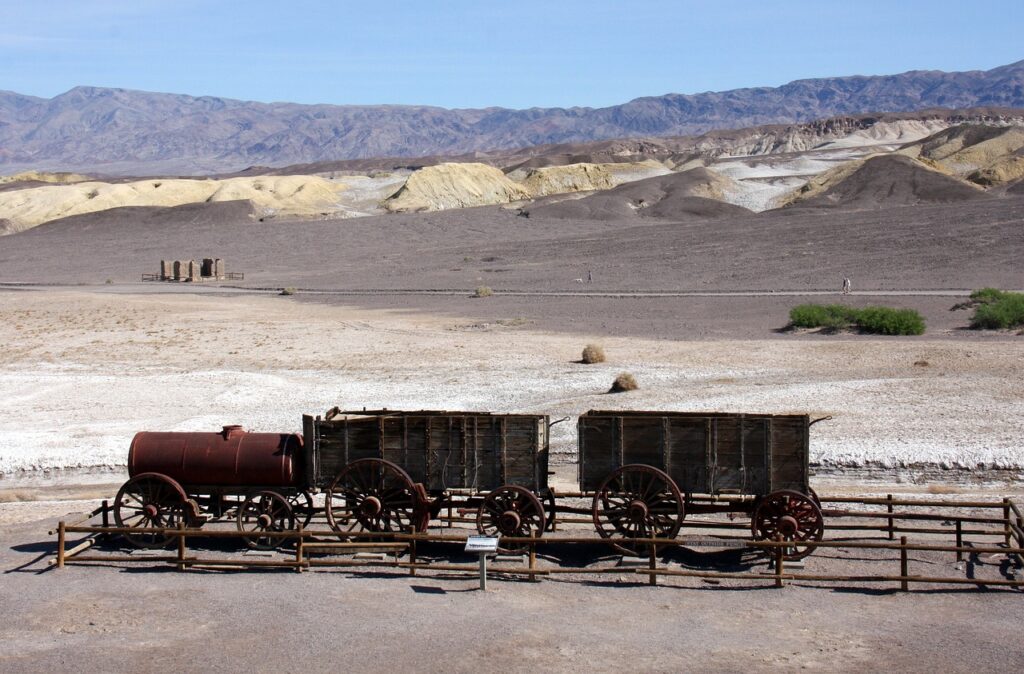
Scotty’s Castle
Scotty’s Castle, an eccentric mansion in the park, tells the story of a legendary con man, Death Valley Scotty, and his friendship with Chicago millionaire Albert Johnson. While the castle’s interior is closed for restoration, you can still explore the surrounding grounds and learn about the intriguing history.
The 20-Mule Team Canyon
This area preserves the memory of the 20-mule teams that transported borax from Death Valley to the railhead in the late 1800s. A short self-guided trail offers a glimpse into the mule teams’ role in the park’s history and the challenges they faced.
Nearby Attractions
Death Valley’s Neighbors
Explore the surrounding areas, including the historic mining town of Rhyolite, the ghost town of Ballarat, and the Alabama Hills, a unique rock formation located in the Eastern Sierra region.
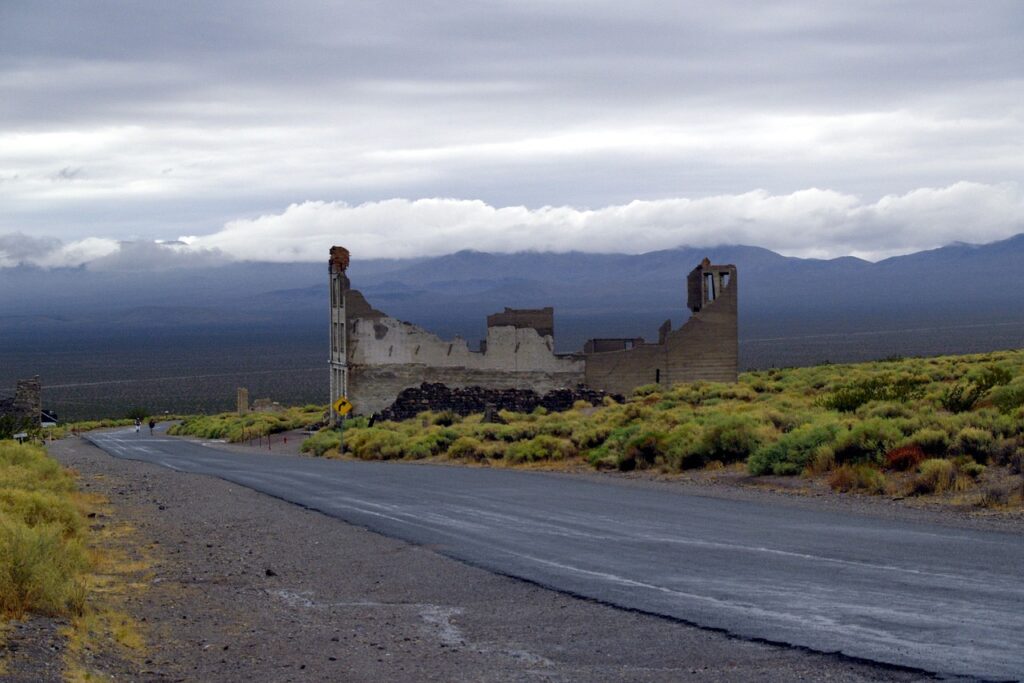
Amargosa Opera House and Hotel
Just outside the park’s eastern border, you’ll find the Amargosa Opera House and Hotel, a unique and historic establishment known for its live performances and cultural significance. It’s a must-visit for those interested in the arts and local history.
Accommodations and Dining Options
Lodges and Campgrounds
- The Oasis at Death Valley: Located in the Furnace Creek area, this oasis offers accommodations at the historic Inn at Death Valley and the more casual Ranch at Death Valley. Both options provide comfortable lodgings and dining facilities.
- Stovepipe Wells Village: Situated near the Mesquite Flat Sand Dunes, this village offers hotel rooms and a campground, making it a convenient base for exploring the dunes and surrounding areas.
- Panamint Springs Resort: Located on the western edge of the park, this resort offers lodging, a campground, and a restaurant, making it a good choice for those interested in exploring the Panamint Range.
- Campgrounds: Death Valley National Park has several campgrounds, ranging from developed campgrounds with amenities to more primitive sites. Be sure to check availability and make reservations if necessary, especially during peak seasons.
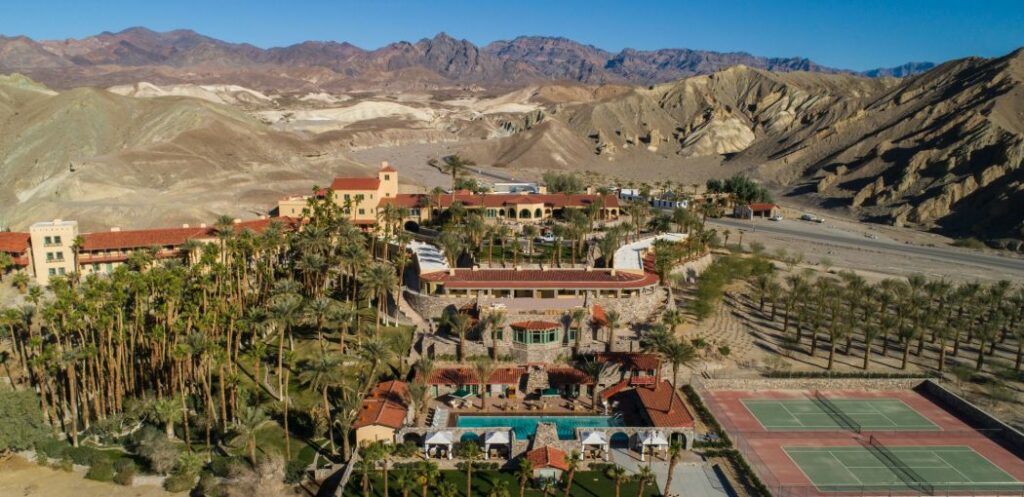
Restaurants in the Area
- The Inn at Death Valley Dining Room: Enjoy fine dining with a view of the oasis at this historic restaurant.
- The Last Kind Words Saloon: Located in the Stovepipe Wells Village, this restaurant offers a casual dining experience with American fare.
- Panamint Springs Resort Restaurant: Savor meals in a relaxed setting with views of the Panamint Range.
- Various Cafes and Markets: You’ll find a few cafes and markets throughout the park offering basic dining options and groceries.
Safety Tips and Guidelines
Dealing with Extreme Heat
- Always check the weather forecast and heat advisories before your visit.
- During the summer months, plan outdoor activities for early morning or late afternoon when temperatures are more bearable.
- Wear lightweight, breathable clothing, and a wide-brimmed hat to protect yourself from the sun.
- Stay hydrated by drinking plenty of water. Carry a refillable water bottle at all times.
- Recognize the signs of heat-related illnesses, such as heat exhaustion and heatstroke, and seek immediate medical attention if needed.
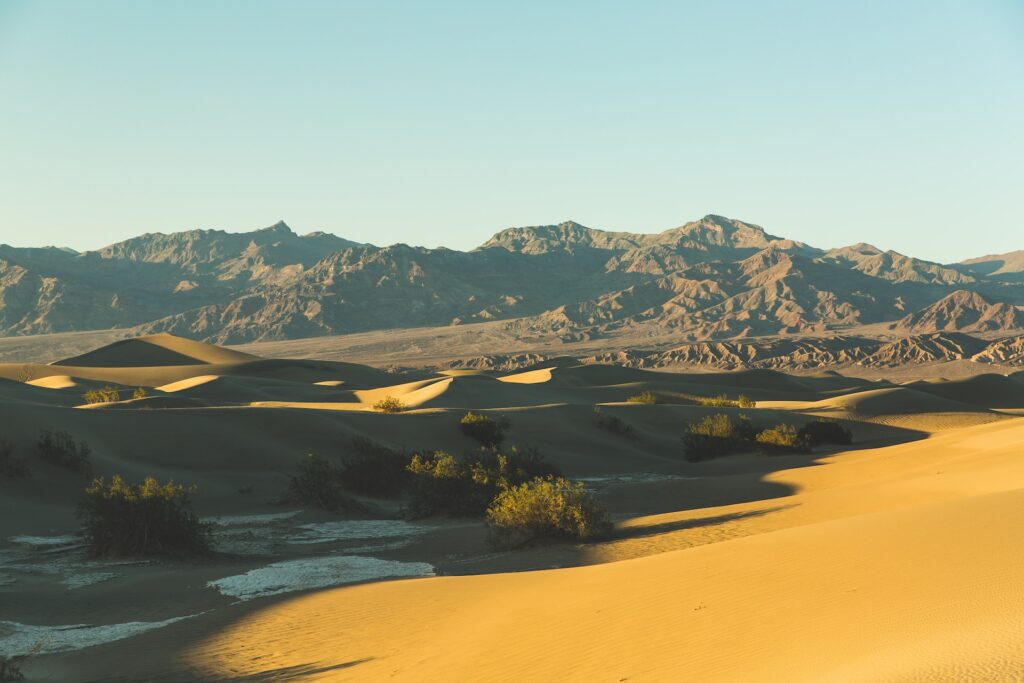
Drinking Water
- Bring an adequate supply of water with you, especially if you plan to explore remote areas with limited access to water sources.
- Refill your water bottles at designated refill stations or visitor centers.
- Be mindful of water conservation; avoid excessive water use in the desert environment.
Wildlife Encounters
- Observe wildlife from a safe distance and avoid feeding them. Feeding animals can disrupt their natural behaviors and lead to dangerous encounters.
- Be aware of the presence of snakes and scorpions, particularly in rocky or sandy areas. Always check shoes and clothing before putting them on.
- Keep food and trash securely stored to prevent wildlife from approaching your campsite.
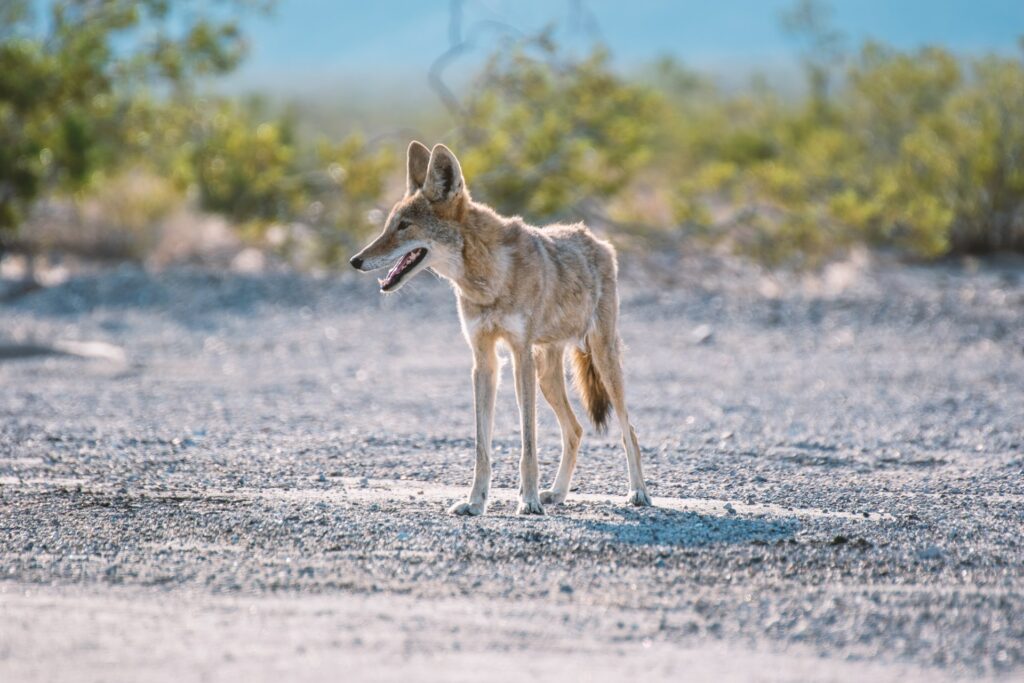
Travel Tips and Recommendations
- Check Park Hours: Verify the operating hours of visitor centers, facilities, and campgrounds, as they can vary by season.
- Stay Informed: Keep an eye on the park’s website for updates on weather conditions, road closures, and other important information.
- Prepare for the Desert: Pack plenty of water, sunscreen, and appropriate clothing for the harsh desert conditions. Avoid dehydration and heat-related illnesses.
- Leave No Trace: Follow Leave No Trace principles to protect the park’s fragile environment. Properly dispose of waste and respect the natural surroundings.
- Respect Wildlife: Admire wildlife from a distance and avoid feeding or disturbing them.
- Hiking Safety: If you plan to hike, let someone know your plans, carry essential supplies, and stay on marked trails.
- Stargazing: Take advantage of the park’s dark skies for stargazing. Bring binoculars or a telescope for a truly memorable experience.
- Cell Service: Be aware that cell phone service can be limited in many parts of the park.
With these accommodations, dining options, travel tips, and directions, you’ll be well-prepared for your visit to Death Valley National Park, ensuring a safe and enjoyable experience in this unique desert landscape.
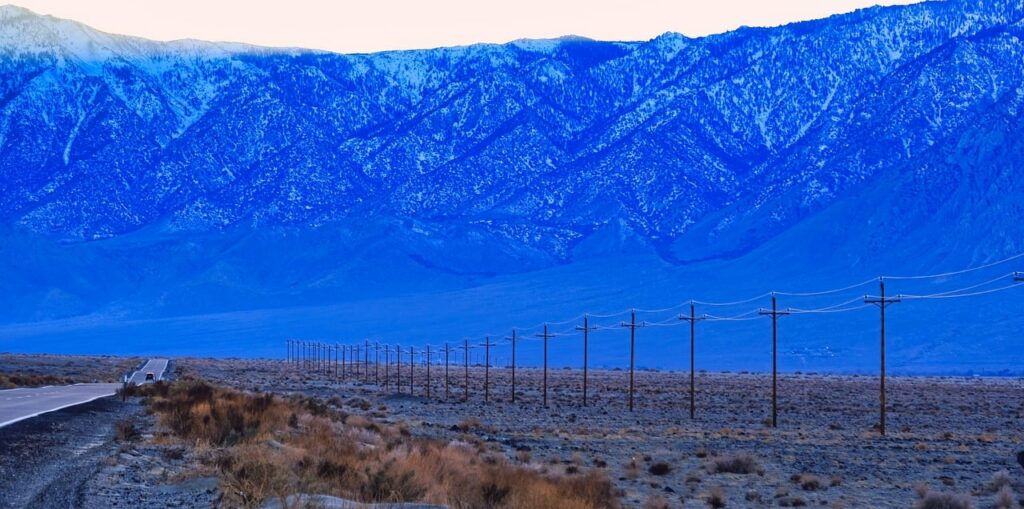
Conclusion
Death Valley National Park, a land of extremes and natural marvels, invites adventurers to explore its unique beauty and history. From Badwater Basin’s depths to Artist’s Palette’s vibrant hues, the park offers captivating experiences.
Navigating the harsh climate requires vigilance, but rewards with the chance to appreciate resilient life in the desert. Stargazing under dark skies is a must.
In conclusion, Death Valley is more than a destination; it’s an immersion in nature’s grandeur. As you explore, be prepared, stay safe, and embrace the awe-inspiring, timeless tales of this extraordinary place that will forever resonate in your heart.
**Please note that this post may contain affiliate links. When booking through one of our links, we earn a small kickback at no extra cost to you and it’s a big help to keep the site up and running.

